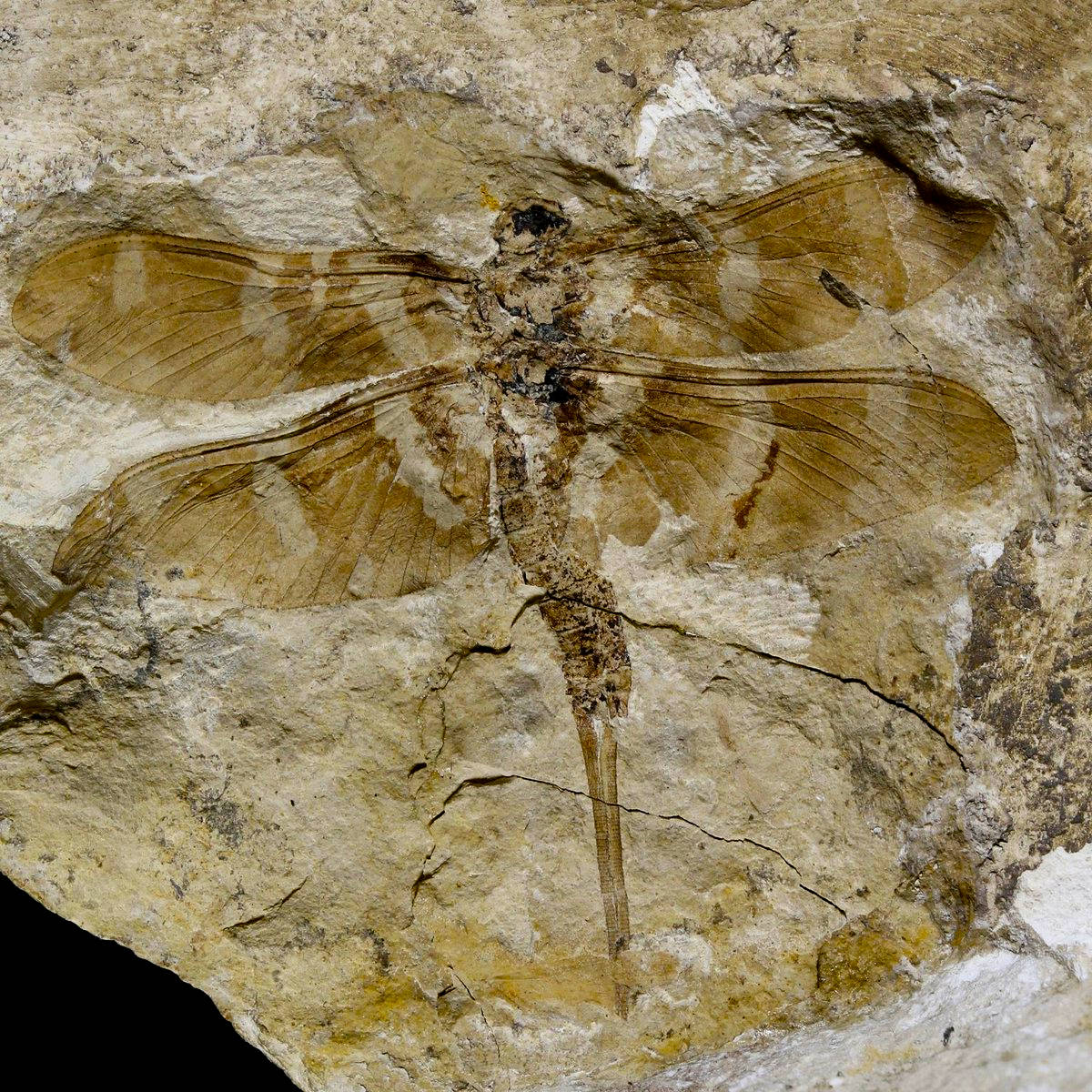For #FossilFriday meet Dunbaria! This ~285 million year old insects is wonderfully preserved: you can even see bands of colour on the wings. It's a member of an extinct group called the Palaeodictyoptera. These early insects are super cool. /n
They had sharp, projecting mouthparts, presumably to pierce plant tissues for feeding. In addition to their two beautiful pairs of full-sized wings, the group had a third pair of small winglets associated with the first segment of their thorax (where no living insect has wings).
Super exciting because the origin of wings has long been a mystery - unlike vertebrates that modify forelimbs, we don't know what the precursor structure to insect wings was. These winglets are one clue as to how wings may have started.
That said, there has been a slew of exciting recent work using the genetics of development that have also clarified how wings might have evolved:
https://www.nature.com/articles/s41559-020-01350-7
It looks like they may have derived from limb segments that had moved into the body wall.
https://www.nature.com/articles/s41559-020-01350-7
It looks like they may have derived from limb segments that had moved into the body wall.
If we read the winglets here at face value, the fossil record would at least suggest that the earliest steps in this process were not associated with powered flight. But here I risk opening a can of worms, so I'll stop.
Image source, this wonderful book:
https://books.google.co.uk/books/about/Evolution_of_the_Insects.html
https://books.google.co.uk/books/about/Evolution_of_the_Insects.html

 Read on Twitter
Read on Twitter


